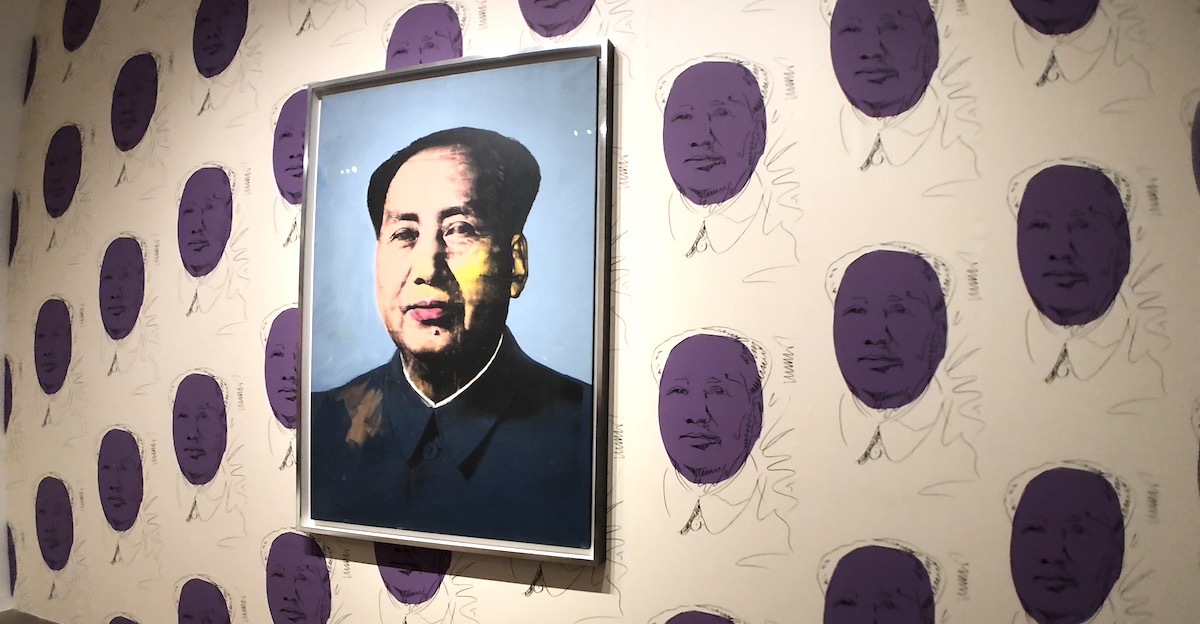Jeff Koons is facing a second lawsuit over alleged plagiarism of intellectual property in two weeks; first regarding the sculpture ‘Naked’ supposedly copying the photography of Jean-François Bauret, and now the sculpture ‘Fait d’Hiver’, borrowing from a French clothing advert of 1985 by Franck Davidovici. They form part of his 1988 ‘Banality’ series, of which two more were the subjects of previous lawsuits where the accusers won out. This raises once more the infuriatingly obtuse artistic concept of appropriation, defined by the Tate as “the taking over, into a work of art, of a real object or even an existing work of art”, the ‘taking over’ term of course as waffly and open to interpretation as the right to bear arms.
Consider Richard Prince, whose career is defined by appropriation, most famously taking Gary Gross’s photo of the then underage Brooke Shields and presenting it as a new work of art. The point is made by the minimal to no change of the original image, pivotal to forcing the image to be viewed in a new context desired by Prince, here as part of his ‘Spiritual America’ series and the issues it explored as a whole, not as originally conceived by Gross. In short, the identity and significance is added in an extra layer via minimal intervention. Though I personally find the use wholesale of other peoples’ work and ideas problematic, the point being made is nonetheless a valid one, and any new method of art which gives birth to further modes of exploration is always a good thing by definition.
I recently irked the collaborators of Shia LaBeouf’s art installation #IAMSORRY by suggesting it was a wholesale lifting of Marina Abramovic’s ‘The Artist is Present’ performance, an idea they argued as “entirely baseless”. Yet the artists sought to argue for the work being an appropriating piece: “So one could say that by appropriating Abramović’s material without any accreditation, this piece is just the latest stunt in the meta-cycle that is LaBeouf’s current artistic representation of original thought.” Regardless of how ridiculous I find the idea of ‘meta’, an instant get out of jail free card, and that whole sentence in general actually, the point is clearly the idea that appropriation instantly lends the piece a new significance and justification. (I find first saying it didn’t have anything to do with Abramovic, then saying well, actually, it does, feels a tad contradictory to me, but that’s by the by. Maybe it’s another meta artistic representation of original thought.)
What is interesting is the frequency of lawsuits against Koons, and the glaring lack of the need to justify himself. ‘Fait d’Hiver’ was not removed from the retrospective at the Centre Pompidou at his request, but at that of the sculpture’s owner. It is as clear as day that Koons has copied an original French advert, and put his own distinguishable kitsch ‘spin’ on it. Whether or not you believe the appropriation in its new three dimensional, embellished form has added new significance or meaning to the image, it is clearly not the primary concern of Koons. I have previously argued that his work now represents a new form of art as commodity, tightly bound with the transaction of cash in obscene quantities, creating a new kind of super currency that is the ultimate damning reflection of a society governed by it. Insane prices for insane people. The repeated lawsuits – which make scarcely a dent in his wallet – form yet another necessary outlet of funds in addition to the wantonly spiralling costs of creating the pieces by increasingly sophisticated technological means: it all adds to the endless traffic of commerce, now projected to stratospheric proportions. In this world, even the respect of intellectual property is at the mercy of the dominance of cash.
Photo: © Artlyst
bytch@artlyst.com

